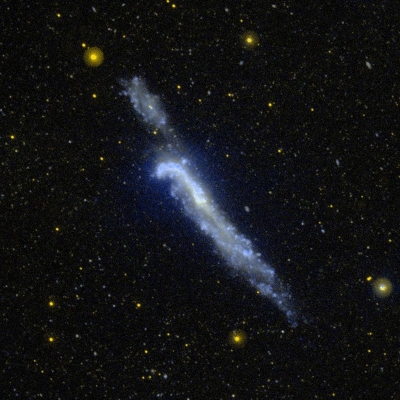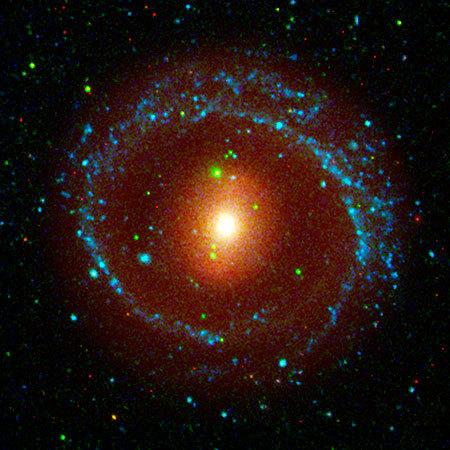





GALEX, the GALaxy Evolution eXplorer, performed the first extensive sky surveys at Ultraviolet wavelengths, filling the last gap so that our view of the sky is complete across the electromagnetic spectrum.
The imaging surveys resulted in almost 600 million source measurements in two UV bands, far-UV and near-UV.
What are these UV sources? How many are Milky Way stars, galaxies and quasars?
How are they distributed across the sky, and in color, magnitude, luminosity? How to extract samples of UV sources
by astrophysical class?
What peculiar classes of objects can be discovered from the UV surveys?
The "UV sky" project seek to answer these questions. The project provides several science-enhanced catalogs of UV sources, as well as some model grids and tools to facilitate science exploitation of the GALEX UV surveys, alone and matched with surveys at other wavelengths.